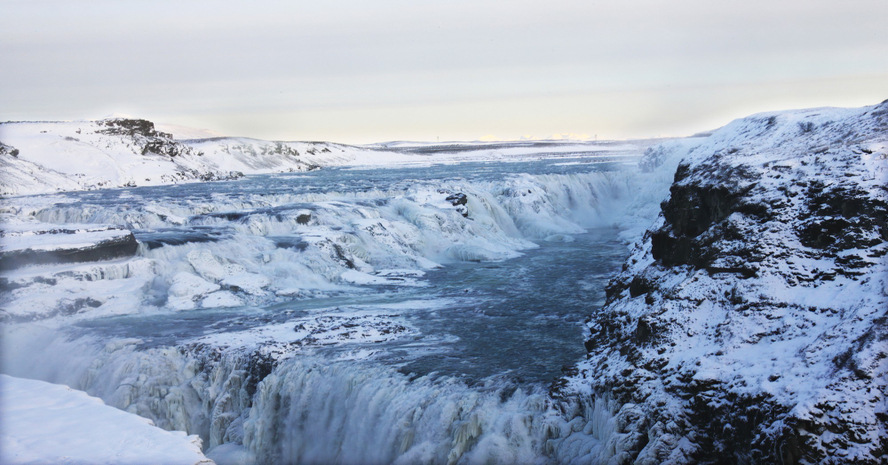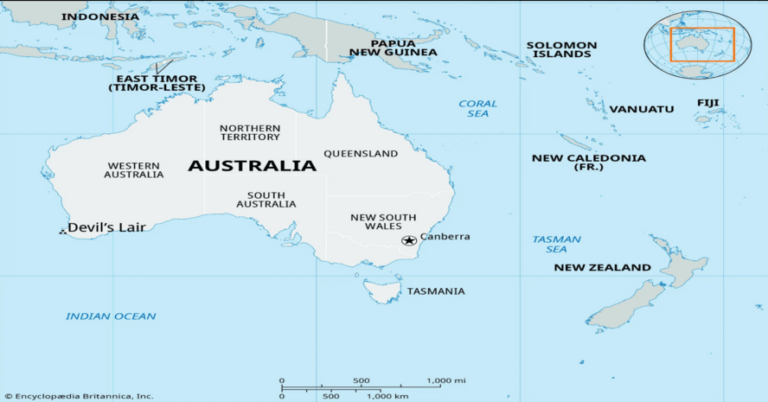Devil’s Lair: A 47,000-Year-Old Mystery Beneath Western Australia
Imagine stepping into a limestone cave in Western Australia and realizing you’re standing where humans have stood for over 47,000 years. That’s Devil’s Lair for you—not just any cave, but a place that’s been quietly rewriting human history right under our noses. This wasn’t just some temporary shelter; it was home to generations of early Australians who weathered some of Earth’s most extreme climate shifts.
The fascinating thing? Despite all our research, we still don’t really know who these people were. How did they survive dramatic environmental changes that would send most of us running for cover? And what secrets still hide in those layers of ancient dirt that archaeologists have been carefully digging through?
How We Found It: The Devil’s Lair Excavations
This place might have remained a secret if not for archaeologists like Charles Dortch who began serious digs back in the 1970s. Think of their work like peeling an onion—each layer of cave floor revealed another chapter of human history.
The work was painfully slow. Every bit of soil had to be sifted through like you’re looking for a lost earring in beach sand. But what they found was worth it:
Stone tools that showed signs of careful craftsmanship and repeated sharpening. These weren’t just rocks—they were someone’s cherished tools.
Animal bones with burn marks that told stories of campfires and meals shared thousands of years ago.
Bone tools, including points that might have been used for hunting or artwork.
And layer after layer of sediment showing how the climate kept changing, forcing the people to adapt or die.
One of the coolest discoveries? Ancient fire pits buried deep in the cave floor. These weren’t one-off campfires but evidence that people kept coming back to this same spot, generation after generation. These weren’t nomads just passing through—Devil’s Lair was home.
Surviving the Unthinkable: Climate Chaos
What makes Devil’s Lair truly mind-blowing is that people lived here through climate changes that would make our current worries look like a minor inconvenience. Let’s break it down:
The Last Glacial Maximum (26,000-20,000 years ago)
Imagine temperatures plummeting, with massive ice sheets covering huge chunks of the planet. While Australia didn’t get buried under ice, it became colder, windier, and drier than it already was. Sea levels dropped more than 100 meters, creating new coastlines that don’t exist today.
For the Devil’s Lair folks, this meant tough times. Water became scarce, plants struggled to grow, and hunting took more effort than ever. They had to get creative with their tools, go after smaller animals, and figure out new ways to survive. Having a fire, warm clothes, and shelter in the cave wasn’t just comfortable—it was life or death.

The Younger Dryas (12,800-11,500 years ago)
Just when things were warming up after the Ice Age, bang!—temperatures nosedived again, almost overnight in geological terms. This was climate whiplash on a massive scale, throwing everything into chaos.
The people at Devil’s Lair faced another round of extreme hardship. The bigger animals they hunted were struggling, forcing changes in diet and living patterns. They probably had to move around more while still using the cave as home base.
The amazing thing? The archaeological evidence shows they were still there, still surviving—even as other human groups around the world collapsed. How they pulled this off remains a mystery, but it speaks to an incredible resilience and deep understanding of their environment.
The Warm Up (10,000 years ago to now)
After the Younger Dryas, temperatures shot up quickly, giving us the relatively stable climate we enjoy today. For the Devil’s Lair people, this came with its own set of challenges.
Rising sea levels swallowed up land that had been their hunting grounds. The environment shifted again, becoming more like today’s Western Australia. With new plants and animals appearing, they had to reinvent their way of life once more.
We don’t know exactly when they left Devil’s Lair. By the time Europeans arrived in Australia, the cave’s importance had faded into history. Later Aboriginal groups might have seen it as a sacred place, or maybe people just moved on to greener pastures.

The Mystery Lives On
Despite all our digging, Devil’s Lair still holds more questions than answers. Unlike other prehistoric sites, there’s no rock art or burials to give us insights into their spiritual world. Why is that? Did they express themselves in ways that haven’t survived? Or were those aspects of their culture practiced elsewhere?
And then there’s the big question—who were these early people, and what happened to them? Did they move inland and join other groups? Or did changing environments eventually lead to their disappearance? Devil’s Lair isn’t just an archaeological site—it’s a mystery wrapped in 47,000 years of dirt and stone.
Today’s archaeologists are still studying the site, hoping new technologies might reveal more. Could DNA analysis someday tell us who these people were and how they connect to modern Aboriginal Australians? Might there be undiscovered artifacts that could shed light on their daily lives?
When you stand at the mouth of the cave today, you can almost feel the weight of history. The same sun that rises over us once warmed the faces of people who called this place home 47,000 years ago. And yet, so many of their stories remain untold—whispers from the past that challenge what we think we know about Australia’s first people.
Devil’s Lair isn’t just a hole in the ground—it’s a time capsule that reminds us history is far stranger and more fascinating than we often assume. Each tiny artifact found here is like a message in a bottle from our distant ancestors, waiting for someone to decode it.
Even after 47,000 years, the questions outweigh the answers—and that’s exactly what makes Devil’s Lair so captivating.




